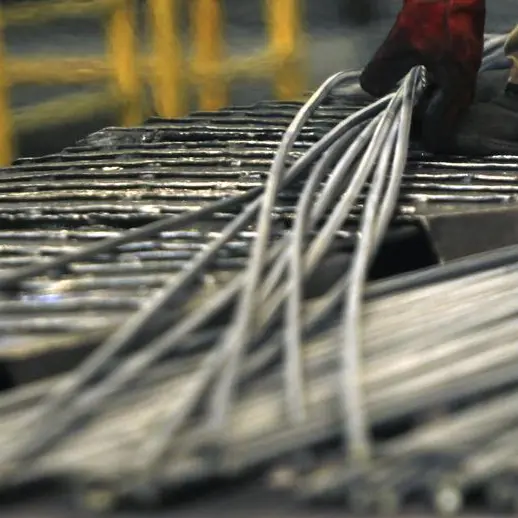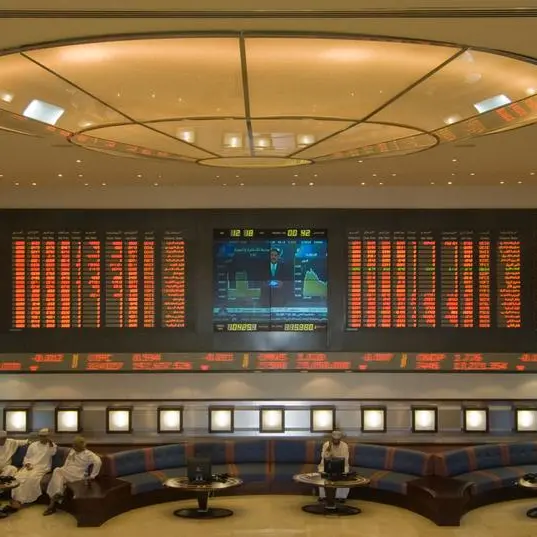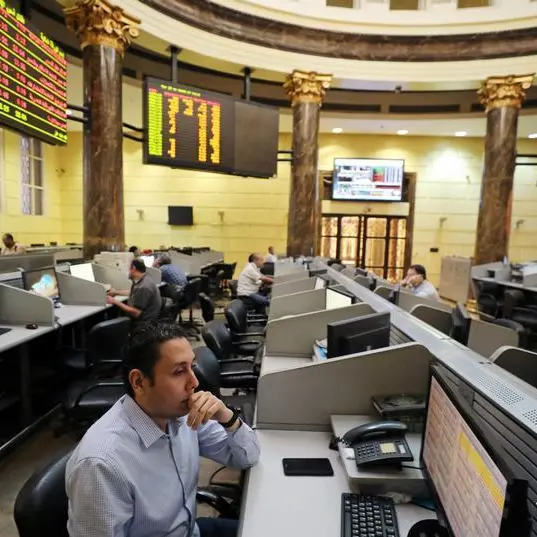First Abu Dhabi Banks (FAB) Q1 financial statements show that its balance sheet remains strong. Cash and balances with central banks stand at 19 percent of the balance sheet, indicating strong liquidity. Net impairment charges dropped 7.3 percent, indicating a high quality asset base. The income statement shows a 4.6 percent increase year-on-year (YoY), which seems a strong achievement. But does FAB’s quality of income match the quality of its assets?
Q1 2019 net profits were 3.15 billion UAE dirhams ($857.7 million), an increase of 140 million dirhams YoY. Profit from foreign exchange gains due to hedging increased by 319 million dirhams, eclipsing total profits. Profits from hedging are not usually considered high quality as they do not form part of the core revenue business of a bank, it is risk management.
The foundation of a bank’s business is its loan book, which is reflected predominantly in net interest income and which dropped 4.8 percent YoY. Gross interest income increased 24 percent, not surprising given the rise in interest rates last year as well as a 2 percent increase in loans. What is puzzling is that interest expense growth was 87 percent, far outstripping interest income growth.
The answer may lie in a 7 percent drop in customer deposits which the bank attributed to short-term deposit outflows. Short-term deposits are usually the cheapest source of funding for a bank. FAB easily made up for the drop in short-term borrowings by boosting funding from inter-bank borrowing, repos, commercial paper and term borrowing. Unfortunately, these alternative sources of funding tend to have a higher cost, which is reflected it in the faster increase in interest expense.
The core business of FAB looks strong on the asset and revenue side in terms of growth and quality. The challenge will be reversing the even faster growth of funding cost on the liability side.
The highest quality income is from fees as it normally does not incur credit or market risks and is recurring. Net fee income fell by 121 million dirhams which represents a 13 percent drop YoY. This came from both a 6.3 percent drop in gross fee income and a 12 percent increase in fee expense, so both underlying drivers are going in the wrong direction.
FAB has built a strong asset base, deriving good growth in gross revenues. FABs immediate challenge will be to improve the structure of its liabilities to better control its funding expenses so as to drive future net profits from higher quality core, recurring income.
Any opinions expressed here are the author’s own.
Disclaimer: This article is provided for informational purposes only. The content does not provide tax, legal or investment advice or opinion regarding the suitability, value or profitability of any particular security, portfolio or investment strategy. Read our full disclaimer policy here.





















